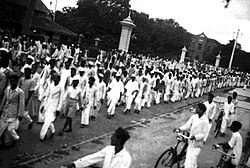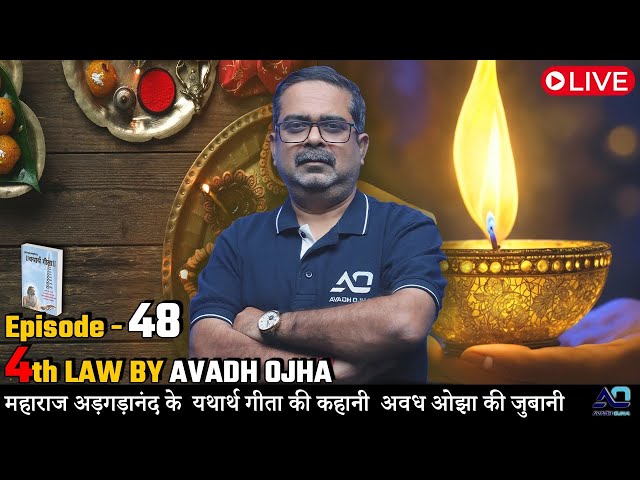Understanding the Quit India Movement and Its Impact

Introduction
The Quit India Movement, initiated on August 8, 1942, is one of the most significant milestones in India’s struggle for independence from British rule. This movement marked a crucial turning point in the freedom struggle, symbolizing the collective determination of Indians to attain self-rule and assert their rights. Its relevance transcends time, inspiring numerous civil rights movements worldwide and reminding citizens of the importance of resistance against oppression.
Background
By the early 1940s, the Indian populace was increasingly disillusioned with British rule, especially due to the economic hardships exacerbated by World War II. The failure of the Cripps Mission, which aimed to secure Indian cooperation in the war effort by promising post-war self-governance, fueled growing unrest. The Indian National Congress, under the leadership of Mahatma Gandhi, launched the Quit India Movement, calling for an end to British rule in India.
Main Events
The movement began with Gandhi’s famous call, “Do or Die,” urging Indians to engage in a mass struggle for independence. Thousands of activists were arrested, including key leaders like Gandhi, Nehru, and Patel, which led to widespread protests across the nation. The movement saw significant involvement from students, women, and the working class, who participated in strikes, protests, and acts of civil disobedience.
Despite the brutal crackdowns by British forces, the movement showcased the unity and determination of Indians. Events such as the bombing of trains, sabotage of communication lines, and establishment of parallel governments in several regions illustrated the immense public support for the cause, even under extreme suppression.
Conclusion
The Quit India Movement, though suppressed violently, left an indelible mark on the Indian independence struggle. It illuminated the desire for self-rule among Indians and united various factions of society in their fight against colonialism. In 1947, the relentless efforts of freedom fighters culminated in India gaining independence. Today, the movement is commemorated as a symbol of resistance and courage. As India celebrates its freedom, it reflects on the sacrifices made during the Quit India Movement, reminding citizens of the relentless pursuit of justice and equality.









